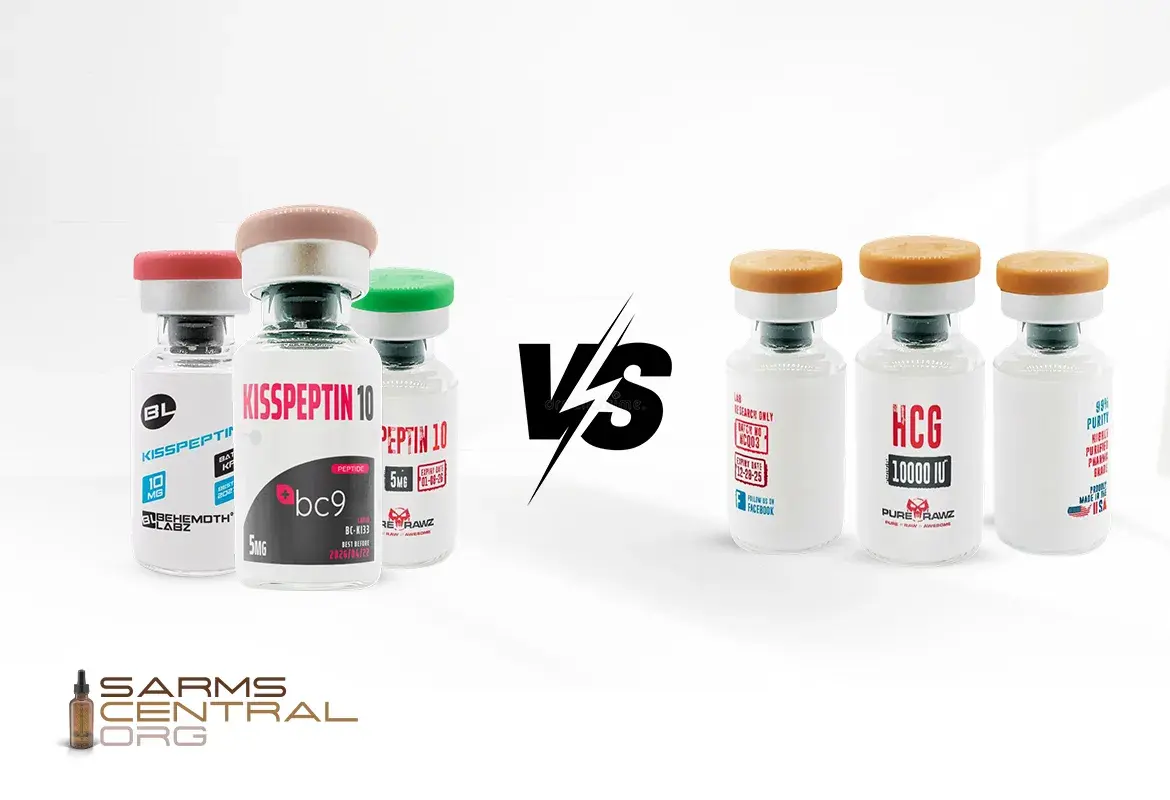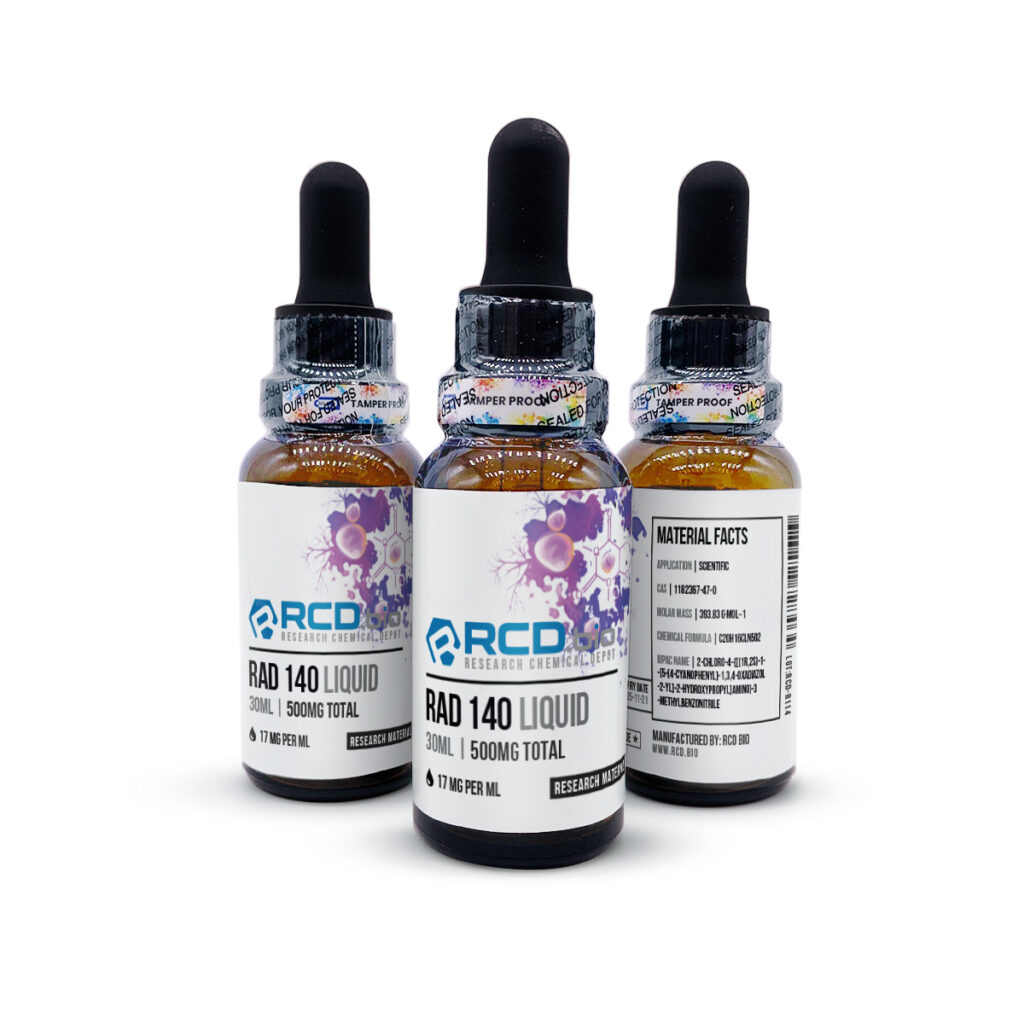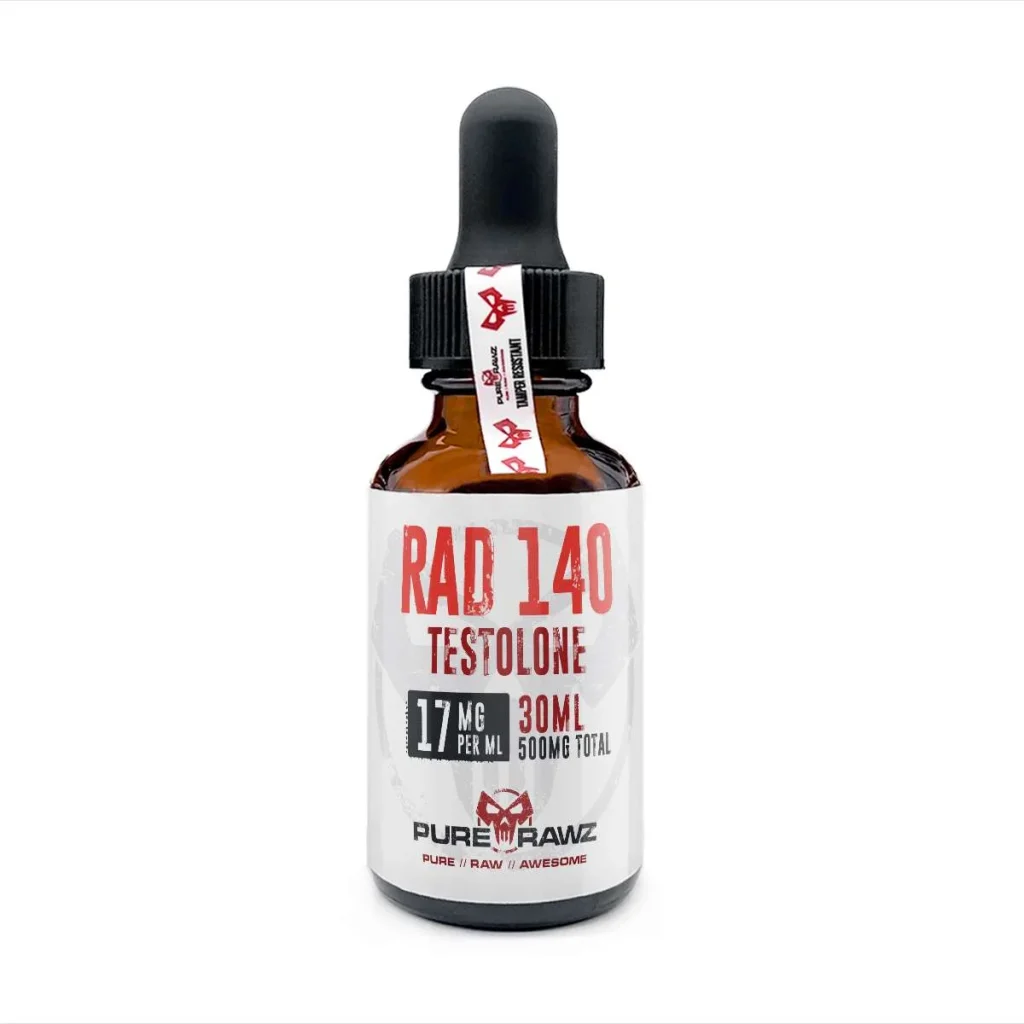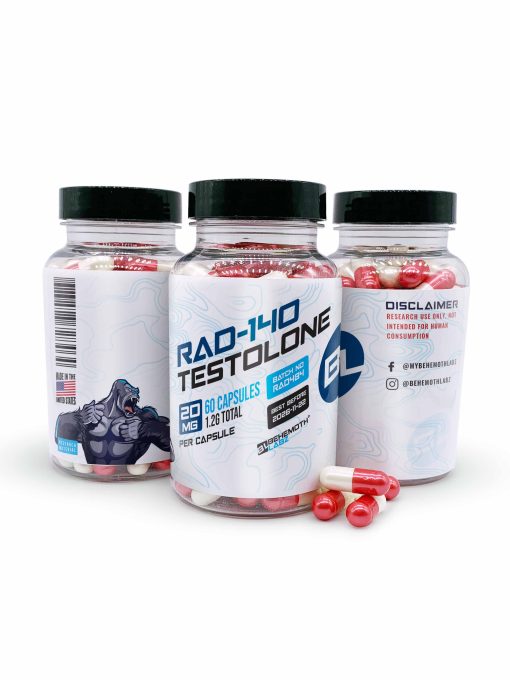At Sarmscentral, we have discussed various solvents and peptides that influence biological processes. We have previously covered lyophilized peptide drugs and SARMs that affect hormones such as HGH, the one thing missing so far is the core component or ingredient necessary to make that all happen.
That core component is the solvent, which preserves stability and shelf life of sarms, peptides and drugs.
In this article, we will compare two pharmaceutical-grade solvents that are commonly used in research and medical contexts to dissolve substances for injection. We will discuss benefits, side effects, and comparisons between Bacteriostatic Water and Sterile Water.
Is Bacteriostatic water the same as Sterile water? Bacteriostatic vs. Sterile Water:
Bacteriostatic Water
Bacteriostatic water is sterile water containing a small amount (0.9%) of benzyl alcohol. This percentage of benzyl alcohol (0.9% to be precise) helps in diluting and dissolving various medications as benzyl alcohol inhibits the growth of most potentially contaminating bacteria. {R}
Once reconstituted with medication, bacteriostatic water allows for multi-dose use within 28 days.
Sterile water
Both bacteriostatic and sterile water are sterile; the difference is that bacteriostatic water includes benzyl alcohol, while sterile water does not. It is commonly used in medical procedures and pharmaceutical applications to minimize the risk of contamination.
Sterile water is widely used in injections where preservatives are not suitable. It is produced under aseptic conditions and contains no preservatives agents. Once opened, sterile water is intended for single use because it lacks preservatives to prevent bacterial growth.
Plain sterile water should not be injected intravenously as it can cause hemolysis; instead, it is used to dilute or dissolve medications.
Benefits of Bacteriostatic Water vs Sterile Water:
Bacteriostatic Water
The primary benefits of bacteriostatic water lie in its ability to inhibit the growth of bacteria, which is crucial in certain medical and laboratory applications. Here are some specific benefits:
Reconstitution of Medications
Bacteriostatic water is commonly used to reconstitute medications, particularly those that come in powdered form. By mixing the medication with bacteriostatic water, the risk of bacterial contamination during storage and administration is significantly reduced {R}.
This is essential for maintaining the integrity and safety of the medication. Bacteriostatic water is considered the preferred solvent for HGH (essential for growth hormone treatment) for efficient dissolution of HGH powder, reduced infection risk, and the provision of multi-dose vial solutions. {R}
Storage and shelf life extension
The addition of antimicrobial agents, such as benzyl alcohol, to bacteriostatic water, allows for extended storage of reconstituted medications. The antimicrobial agent helps prevent the growth of bacteria within the solution for a limited period after reconstitution, typically up to 28 days. {R}
This feature is particularly important in healthcare settings where medications may need to be stored for some time before use. You can read our full guide on how to store bacteriostatic water?
Laboratory Applications
Bacteriostatic water is used in laboratory settings for various applications, including the preparation of cell culture media and solutions. The inhibition of bacterial growth is critical in these environments to ensure the accuracy and reliability of experimental results. {R}
Prevention of Contamination
In medical and laboratory contexts, the presence of bacteria in solutions can compromise experimental outcomes or the efficacy of medications. Bacteriostatic water provides a means of minimizing the risk of contamination, contributing to the overall safety and reliability of processes and procedures. {R}
Packaging
Bacteriostatic water is typically packaged in multi-dose vials, allowing for repeated withdrawals within the 28-day use period. {R}
Sterile Water
Sterile water has various applications across different fields due to its purity and lack of contaminants. Here are some benefits:
Pharmaceutical Formulations
It is used as a diluent for medications administered via IM, SC, or IV routes. It is often used for cleaning wounds, providing a clean environment for healing. {R}
Laboratory Applications
In laboratories, it is used to dilute solutions without introducing contaminants that could interfere with experimental results. It is essential for the preparation of cell culture media to provide a sterile environment for cell growth and experiments. It is used in preparing laboratory reagents and buffers. {R}
Medical Equipment
It may be used for rinsing instruments after sterilization, but it is not itself a sterilizing agent. {R}
Topical Applications
It may be used for irrigating and cleaning wounds or body cavities. In some medical procedures, it may be used for inhalation therapies. {R}
Cosmetic and Personal Care Products
In the manufacturing of cosmetics and personal care items, it may be used to dilute or dissolve ingredients. {R}
Cleanroom Environments
Sterile water is a critical component in the manufacturing of pharmaceuticals in clean room environments to ensure product quality. {R}
Emergency Situations
Sterile water is useful for wound care where clean water is not readily available. {R}
Side Effects of Sterile vs Bacteriostatic Water
Bacteriostatic Water
Bacteriostatic water is treated with a bacteriostatic agent, commonly benzyl alcohol, to inhibit the growth of bacteria. Some potential side effects related to bacterial water are:
Allergic Reactions
Some individuals may be sensitive or allergic to benzyl alcohol or other components used as bacteriostatic agents. This can result in allergic reactions such as redness, itching, or swelling at the injection site. {R}
Systemic Reactions
Rarely, individuals may be sensitive to benzyl alcohol, leading to local or systemic reactions. Seek medical attention if you experience severe or persistent symptoms.
When using bacteriostatic water, it’s important to follow proper guidelines, and if there are concerns about allergic reactions, consult with a healthcare professional. {R}
Sterile Water
Sterile water itself, when used appropriately and in the intended manner, typically does not have side effects. Sterile water is purified and free of microorganisms, making it suitable for medical and laboratory use.
However, in some cases, patients may experience pain or discomfort at the injection site with a sterile syringe, but this is typically associated with the medication itself rather than the sterile water. {R}
Although sterile water itself has no major side effects, its main limitation is loss of sterility after opening. Therefore, contaminated sterile water could potentially lead to infections if used in medical or clinical applications. {R}
Dosage – Bac Water vs. Sterile Water
Dosing considerations relate to the medication, not the water. The difference lies in vial use: sterile water = single-dose, bacteriostatic = multi-dose. {R}
Commonalities Between Sterile and Bacteriostatic Water
Both solvents share commonalities in their use within medical and laboratory contexts, primarily related to their sterile nature and applications requiring aseptic conditions. Some of the commonalities include sterility, injection, and medication reconstitution, cell culture work, prevention of contamination, and single usage of vials.
While these commonalities exist, it’s important to note that the key distinction lies in the composition of bacteriostatic water, which includes a bacteriostatic agent (such as benzyl alcohol) to inhibit bacterial growth over a limited period. Sterile water, on the other hand, is water that has been made free from microorganisms but does not necessarily contain additional agents to prevent bacterial growth after reconstitution.
Sterile Water vs. Bacteriostatic Water – Which is Better?
For multi-dose medication reconstitution, bacteriostatic water is often preferred due to its preservative, though sterile water is required in cases of benzyl alcohol sensitivity.
The benzyl alcohol acts as a preservative, reducing risk of bacterial growth for a limited period.
Above being said, sterile water may still be the better option under some situations that prefer aseptic techniques. These include preparations for injection for patients who are allergic to benzyl alcohol.
Moreover, some medications cannot tolerate potential drug interactions and require sterile water rather than bacteriostatic water.
Frequently Asked Questions
What is bacteriostatic water used for steroids?
Bacteriostatic water is used to dilute or dissolve steroids for injection. It contains 0.9% benzyl alcohol, which stops bacteria and keeps the solution sterile for longer.
What is bacteriostatic water vs reconstitution solution?
Bacteriostatic water is sterile water with 0.9% benzyl alcohol added to prevent bacterial growth. A reconstitution solution is any liquid used to dissolve or dilute a powdered substance. It can be sterile water, bacteriostatic water, or saline.
Sterile water or bacteriostatic water for peptides?
Bacteriostatic water is generally preferred for peptides because it contains a preservative that prevents bacterial growth and helps them last longer. Sterile water can be used too. However, peptides reconstituted with it should be used immediately or stored carefully to prevent contamination.
Where to Buy Bacteriostatic and Sterile Water Online?
PureRawz is the best place to buy sterile water and bacteriostatic water online. We offer extremely competitive pricing.
To be the best research chemicals supplier, we provide reference materials with every product we sell.
Each of our products is safely packaged and comes with an independent, third-party-issued Certificate of Analysis for identification, purity, and concentration.










